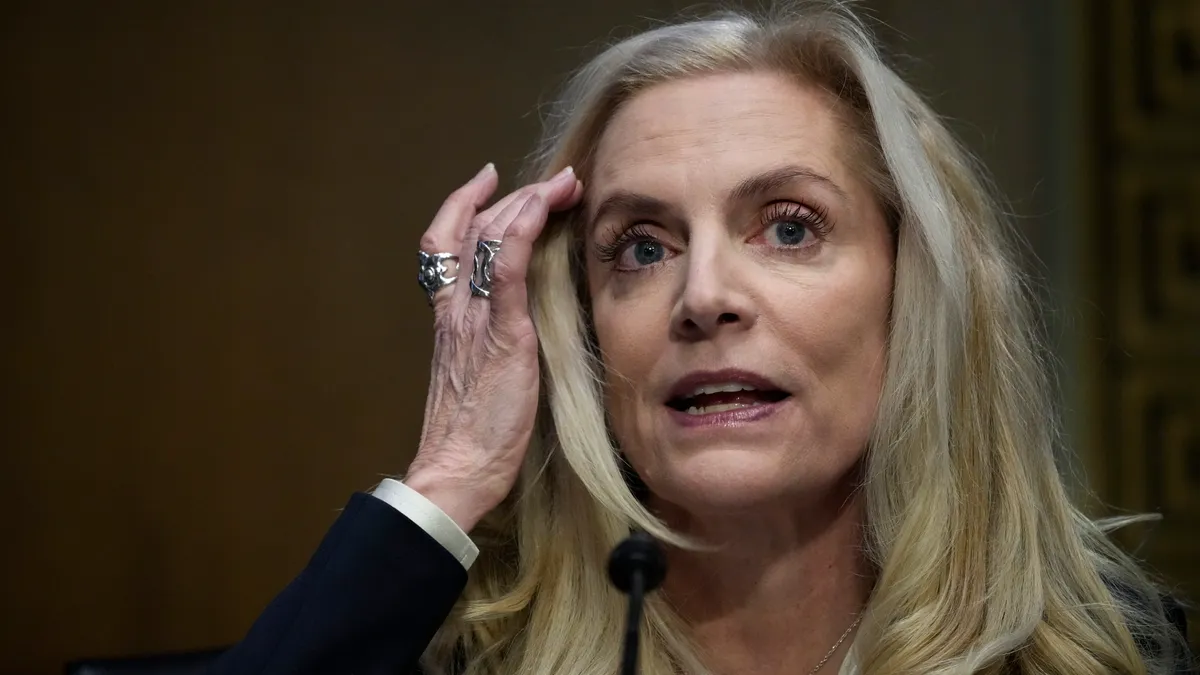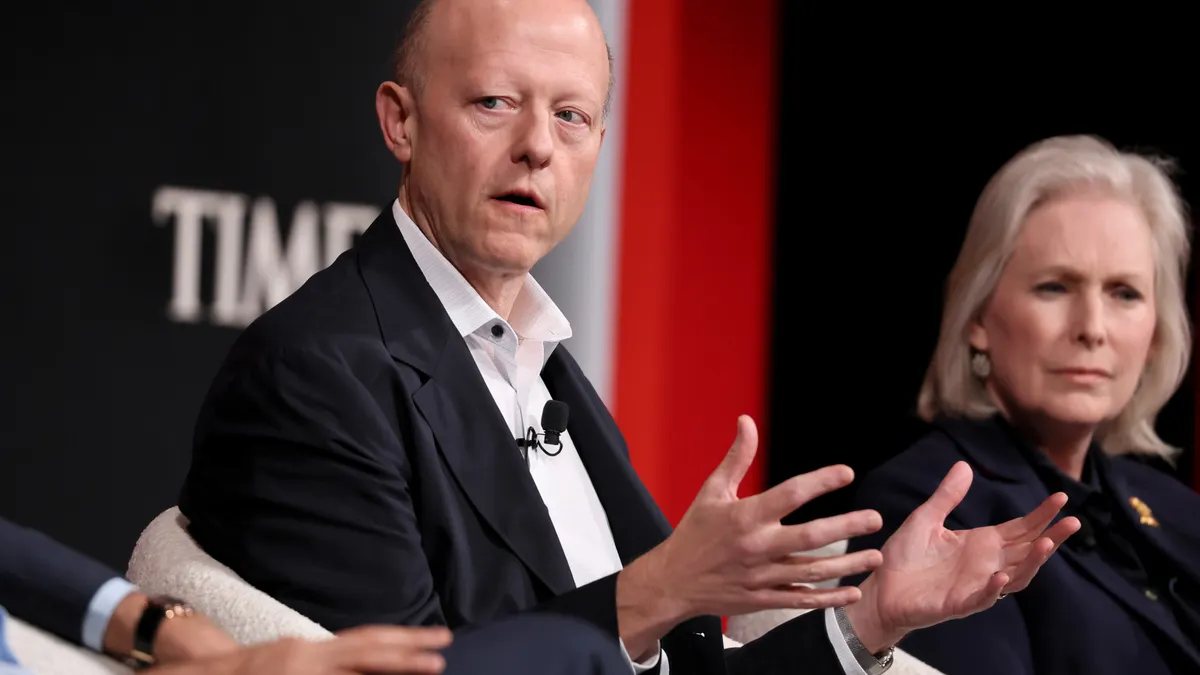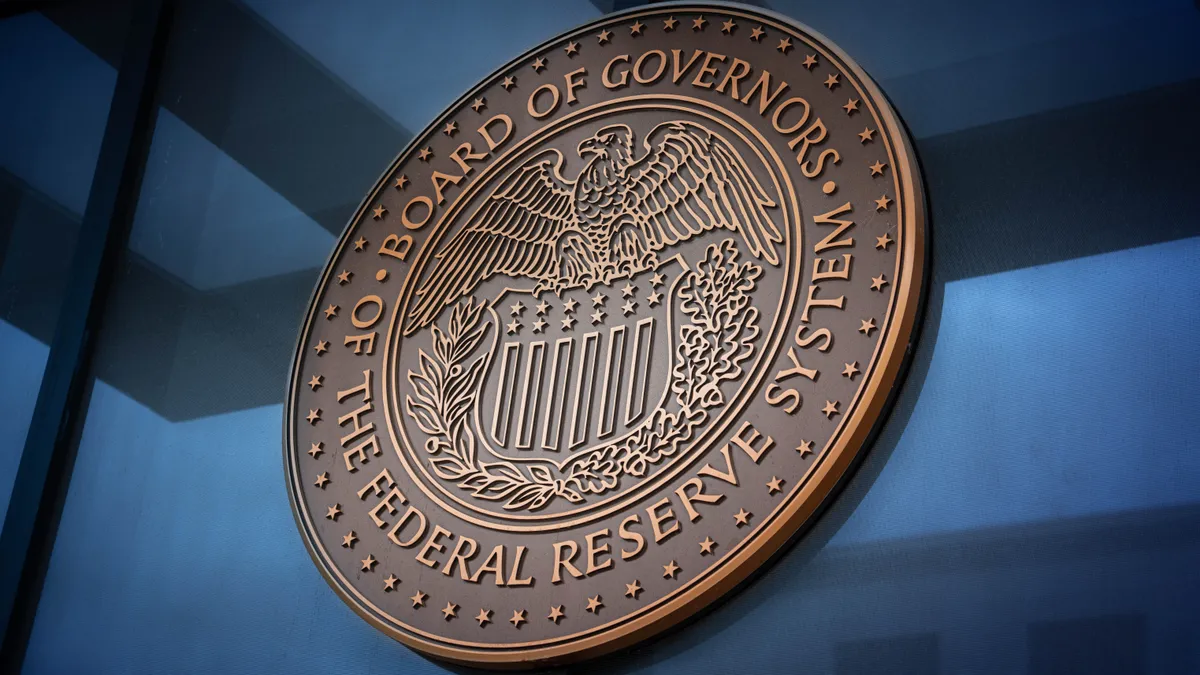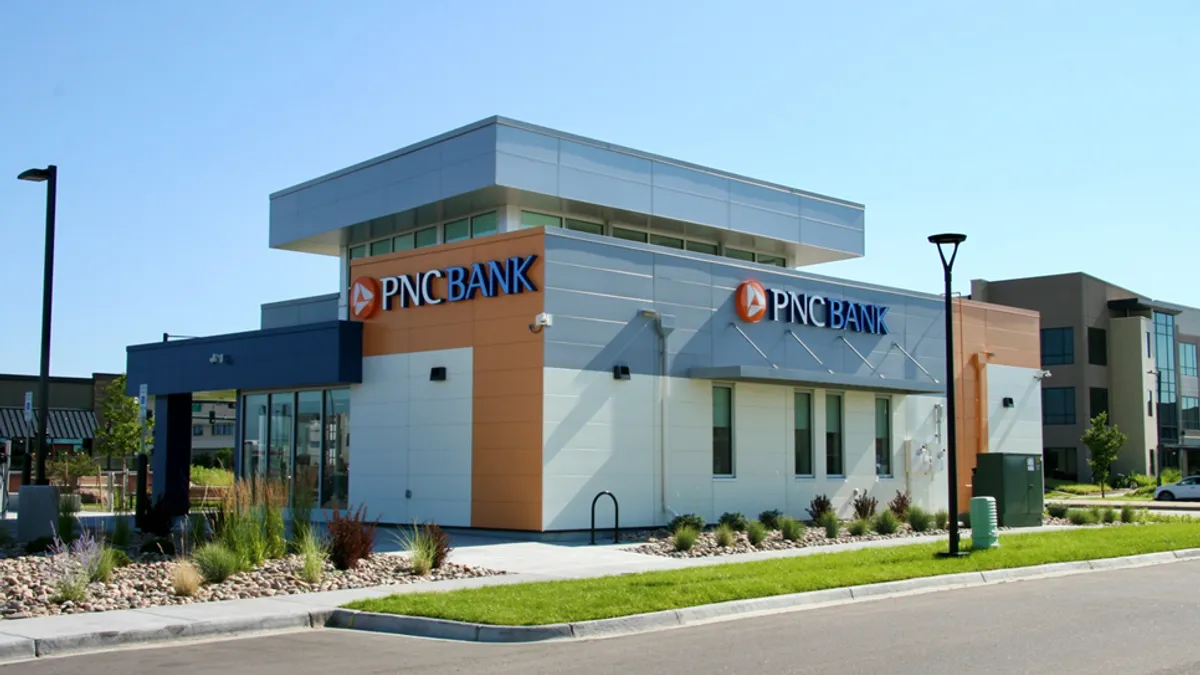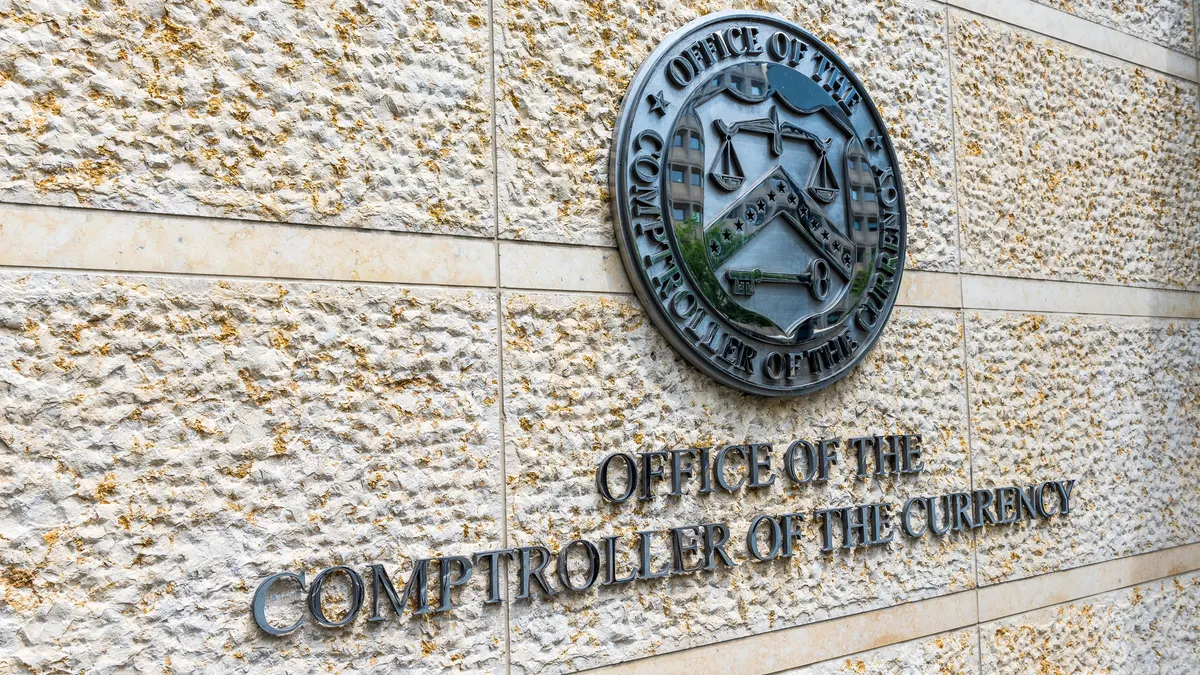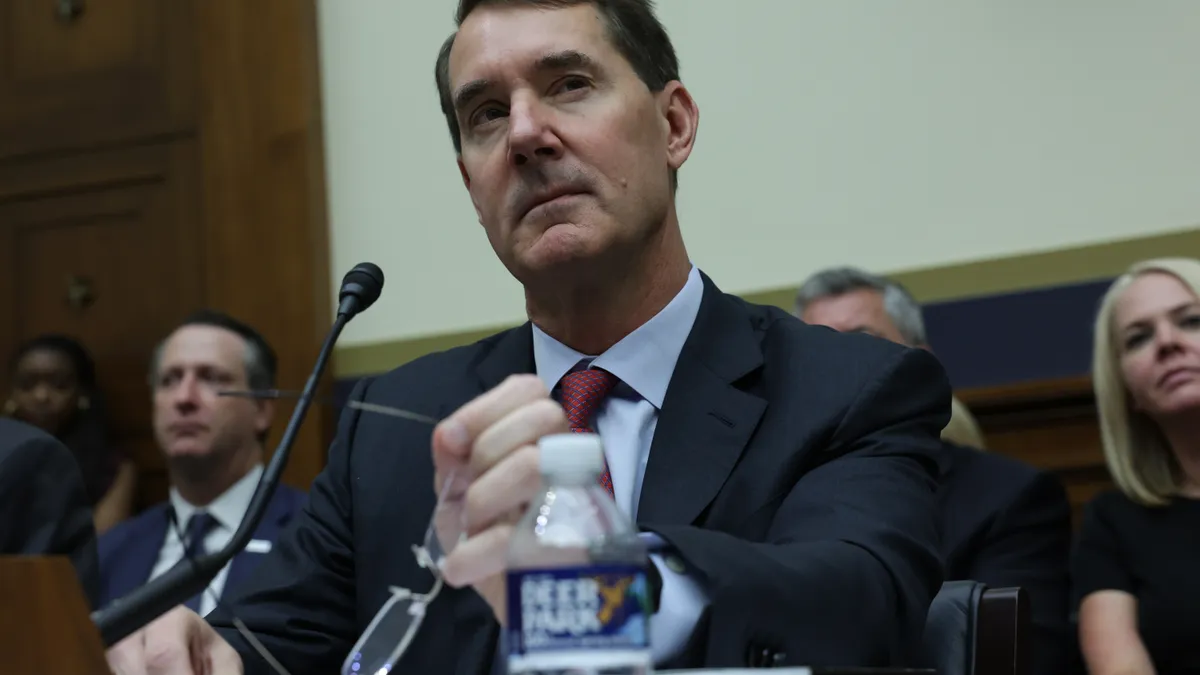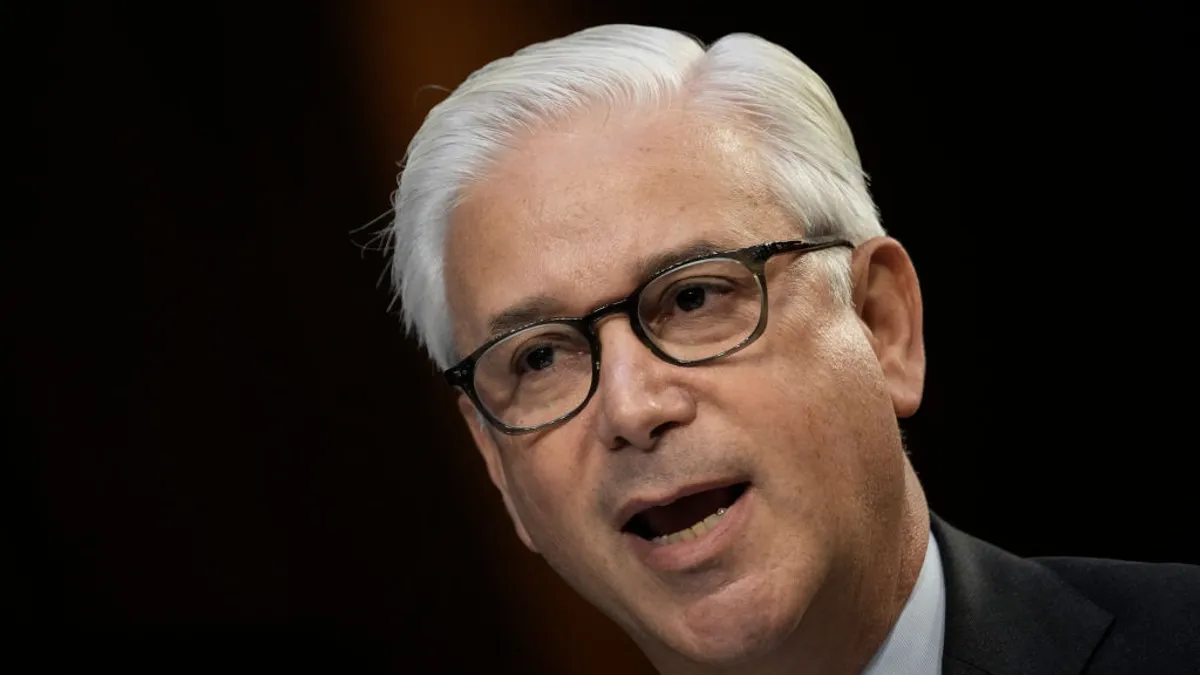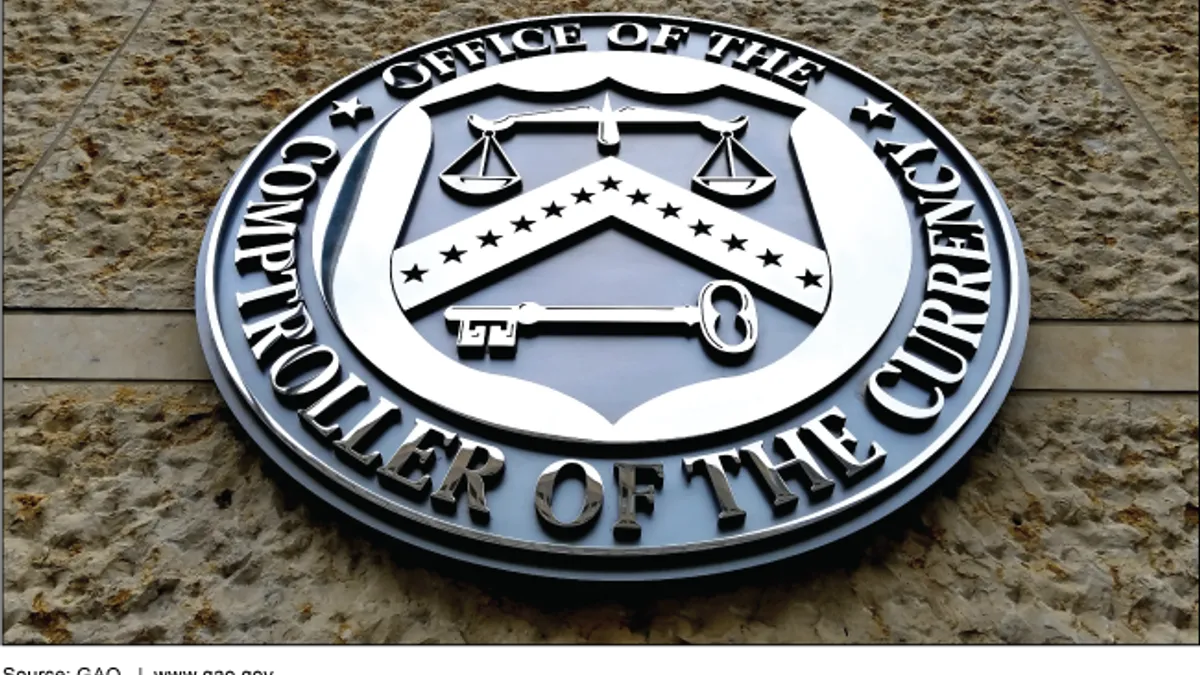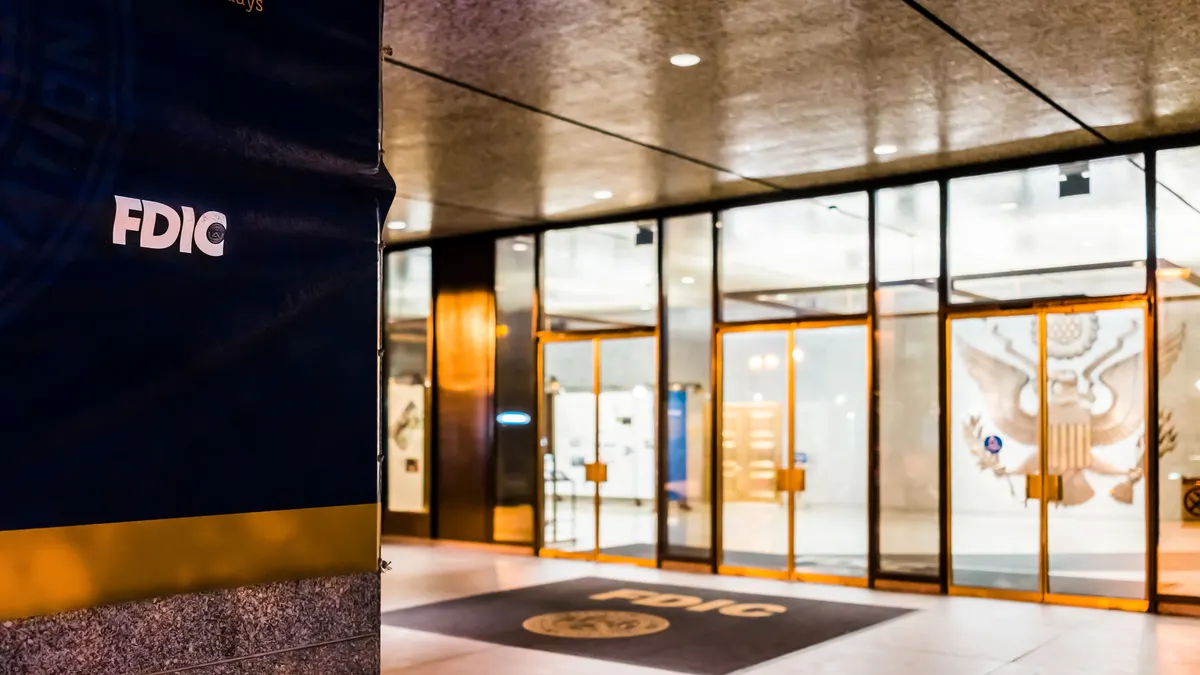Federal Reserve Vice Chair Lael Brainard resigned Tuesday, effective on or around Feb. 20, and will join the White House as director of the National Economic Council, the central bank and President Joe Biden announced.
In her new role, Brainard will craft Biden's economic agenda and coordinate economic responses between agencies. She’ll also negotiate with House Republicans this year over the possibility of raising the nation’s debt ceiling.
Brainard is arguably adept at negotiating with Republicans. She has forged an amicable partnership with the Fed’s Republican chair, Jerome Powell — despite reportedly competing for the central bank’s top job in late 2021. However, during the Trump administration, Brainard often served as a Democratic counterpoint, dissenting on several rollbacks of regulatory policy established by the Dodd-Frank Act.
"Lael has brought formidable talent and superb results to everything she has done at the Federal Reserve," Powell said in a statement Tuesday. “My colleagues and I will truly miss her.”
Brainard joined the Fed board in 2014 and ascended to its No. 2 role last year. Throughout her tenure, she stood out as a voice of conscience, comparatively fervent in recognizing climate risk, while somewhat moderate on interest rates. She supported aggressive rate increases last year to stem inflation but has more recently cautioned against over-tightening, saying a “soft landing” — read: one that avoids a recession — is still possible.
The likelihood of recession may increase without Brainard at the Fed, Derek Tang, a policy economist a LH Meyer, told The Wall Street Journal, because the central bank could be more inclined to raise interest rates more aggressively.
“If she had stayed, she would have been a coalescing force for a lot of the doves on the committee. She was the intellectual leader of that camp in terms of pushing back, potentially, against hiking in May and June,” Tang said. “The question is who is going to take on that mantle?”
10 possibilities
No fewer than 10 names have already circulated in connection with the upcoming opening at the Fed.
1. Nellie Liang
Why it could work: Experience. The Treasury Department's undersecretary for domestic finance worked at the Fed from 1986 to 2017, serving as inaugural director of the Division of Financial Stability.
Why it might not: She’s already been nominated to the Fed board — and she withdrew in 2019 after the Senate failed to schedule a hearing. The banking industry, for its part, reportedly bristled over her perceived strict approach to regulation.
2. Austan Goolsbee
Why it could work: Familiarity — both with Biden and the Fed system. Goolsbee led the White House’s Council of Economic Advisers early in the Obama administration. He serves now as president of the Chicago Fed. Like Brainard, he has cautioned about the "two-sided risks" of the economy — namely, that raising interest rates too quickly would tank the job market. The Wall Street Journal cited sources Wednesday who indicated the White House is considering nominating Goolsbee.
Why it might not: Too steep of a trajectory. Goolsbee may be serving as a regional Fed president, but he’s only been in the role for a month. But also, a Goolsbee nomination could trigger tension within the Fed board itself. Republican Governors Michelle Bowman and Christopher Waller abstained from supporting Goolsbee to serve as Chicago Fed chief, according to voting records obtained by Bloomberg through a Freedom of Information Act request. The no-votes may spotlight the potential for political discord within a board that thrives on its independence.
3. John Williams
Why it could work: Experience. Williams would represent a safe choice. If Biden is considering candidates from the regional Fed pool, why not the president of the New York Fed? If the primary concern is institutional knowledge lost in Brainard’s departure, the learning curve would be markedly less steep with Williams, who has run the New York regional bank since 2018 and served as San Francisco Fed president before that.
Why it might not: Diversity concerns. In Brainard, the Fed loses its most visible woman.
4. Mary Daly
Why it could work: Experience and diversity. Daly succeeded Williams as president of the San Francisco Fed and served as its director of research before that. She's also a high-profile woman in the Fed system.
Why it might not: Daly, in particular, was a frequent target of former Sen. Pat Toomey, R-PA, who until January was the Senate Banking Committee’s ranking member. Toomey asserted that the perceived social focus of the San Francisco Fed’s research went beyond the bounds of the central bank’s mandate. Toomey may not be a factor anymore, but Daly’s focus on labor market dynamics and economic inequality may make her road to confirmation more difficult.
5. Seth Carpenter
Why it could work: Experience, diversity and a unique perspective. Carpenter served at the Treasury Department during the Obama administration. He also was senior staff economist at the Fed for 15 years. Carpenter is also Black, and Biden has said he would elevate people of color when possible. Since leaving government, however, Carpenter has worked as chief U.S. economist for UBS and chief global economist for Morgan Stanley. That standing as a bank insider could give him unique insight in a place like the Fed.
Why it might not work: That banking background may not play as well in front of senators at whose mercy Carpenter’s nomination would sit.
6. Karen Dynan
Why it could work: Experience and familiarity. Dynan, now a Harvard University professor, served as the Treasury Department’s chief economist and assistant secretary for economic policy during the Obama years. She also worked for 17 years with the Fed's board, including in a leadership role on macroeconomic forecasting.
7. Janice Eberly
Why it could work: Same. A Northwestern University finance professor, Eberly also served as chief economist in the Obama-era Treasury Department.
8. Jason Furman
Why it could work: Familiarity. Like Goolsbee, Furman led the White House’s CEA during the Obama administration. Like Dynan, he’s a Harvard professor.
Why it might not: Differences of opinion. If the goal is to replace Brainard in spirit, Biden may not want to nominate someone who blasted the Fed for being too slow in raising interest rates and has continued to advocate a more stringent monetary policy.
9. Philip Jefferson
Why it could work: Familiarity and Senate support. The Senate confirmed Jefferson to the Fed board in May by a 91-7 vote. For continuity, Biden may consider elevating to vice chair someone already serving as a Fed governor. And, from a diversity perspective, Jefferson is Black.
Why it might not: Since joining the Fed, Jefferson has not spoken at length on monetary policy.
10. Lisa Cook
Why it could work: Familiarity. Like Jefferson, Cook serves on the Fed board and would stand out as a diverse perspective, with consummate expertise on economic inequality.
Why it might not: The Senate (almost) didn’t buy it. Cook needed Vice President Kamala Harris to cast a tie-breaking vote in the confirmation process. Cook had no discernible support from Republican lawmakers.
No timetable
Whomever Biden nominates to replace Brainard — and there is no known timetable for that — the challenge may be how long it would take a new Fed governor to accumulate the level of influence and respect Brainard had at the central bank.
“You can’t drop a new person into this spot and think that they’re necessarily going to have the ear of the committee,” Tim Duy, chief U.S. economist at SGH Macro Advisors, told The Wall Street Journal.
Katheryn Judge, a Columbia University law professor, suggested Biden may want to dangle the vice chair title to draw top talent.
"It could be that you use the vice chair position as a way of attracting somebody of a higher caliber who might not be willing to serve in just a governorship," Judge told American Banker.


